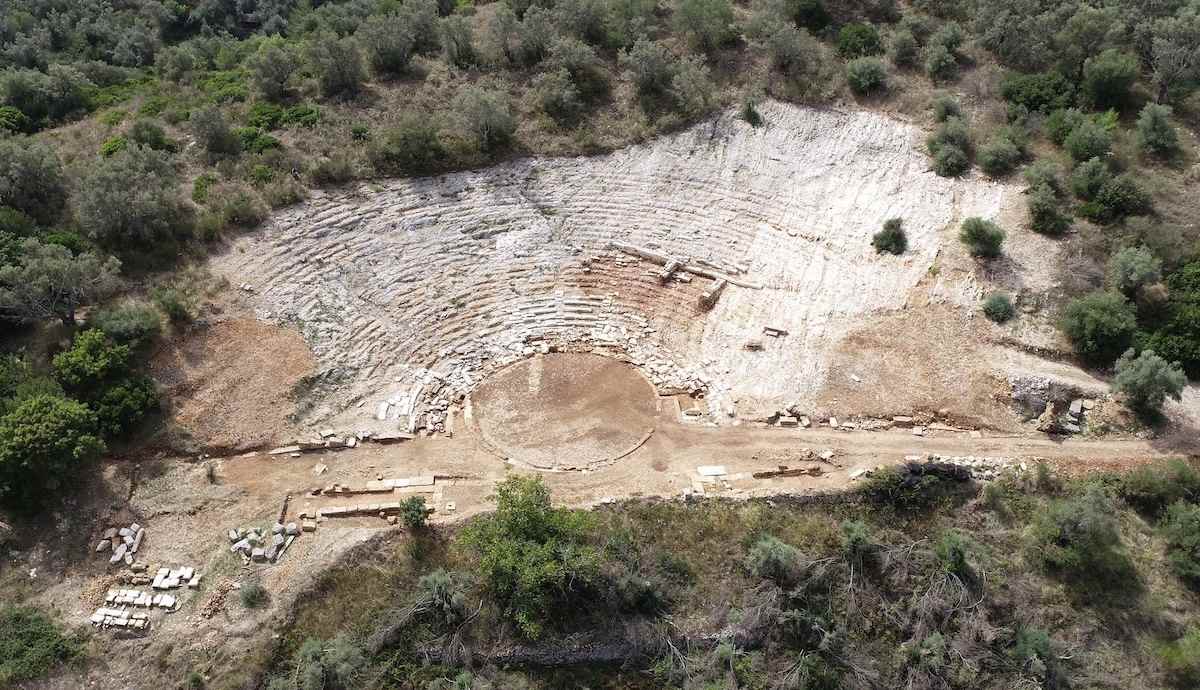
Egypt’s Giza restoration project sparked backlash from archaeologists. Overall, this recently unveiled project aims to reconstruct the Menkaure pyramid‘s exterior. Mostafa Waziri, secretary-general of the Supreme Council of Antiquities, revealed the Menkaure pyramid plan in a video posted on January 25. Its objective is to repair the monument’s facade, which originally had sixteen layers of granite.
Egypt’s Giza Restoration Announced in a Cinematic Manner?

In order to fulfil the restoration, the project will need granite blocks, which will lie at the base. The estimated time for finishing the project is around three years. Social media consumers are criticising the declaration. They referred to the endeavour as “a sad disaster“. Also, social media users likened it to straightening the Tower of Pisa. Renowned Egyptologist Monica Hannaalso released a blog post criticising the endeavour on Facebook.
In it, she disputed the notion that the granite slabs at the pyramid’s foundation were dropped pieces. She also said this represents a portion of the project’s reasoning. She indicated they are not polished, which means they were probably left behind by the pyramid’s workers. King Ramses II formerly utilised ome of the pyramid’s missing pieces. Overall, he wanted to create reliefs and statues.

But more so, Hanna added: “The disagreement is more than methodology or application, but rather about the fundamental principles and axioms of archaeological work”. She also criticised Waziry for announcing the idea in a “cinematic” manner. She said that Waziri needed to release the finished project research before construction began in a worldwide archaeological publication that is peer-approved.
Jeopardising the Location of Memphis’ Necropolis

Hanna further emphasised that the project may jeopardise the location of Memphis’ Necropolis. It contains the pyramids plateau, on the World Heritage list. The project, she wrote, “is tantamount to tampering with Egyptian antiquities and undermining its antiquity and history”. In a video, Waziri stated the initiative started out as a collaboration between the Japanese authorities and Sakuji Yoshimura, a Japanese Egyptologist.
Studying the stones will be the first stage, and then laser scanning and replacing the front cladding will take place. Team member Mohamed Al-Saidi stated in a video that while the project has long been planned, the costs are astronomical. The leader of the scientific group, Nour Badr, used a 3D laser to record the stones. I a video, he described how the group produced a digital representation of the pyramid by utilising Japanese technology.

“We are using and reassembling the actual blocks that fell to the ground from the pyramid itself”, Badr said. “It’s being said that we’re putting in new things. Do we use materials? We use international restoration materials that have standardized specifications approved by international committees for restoration and assembly work”.










